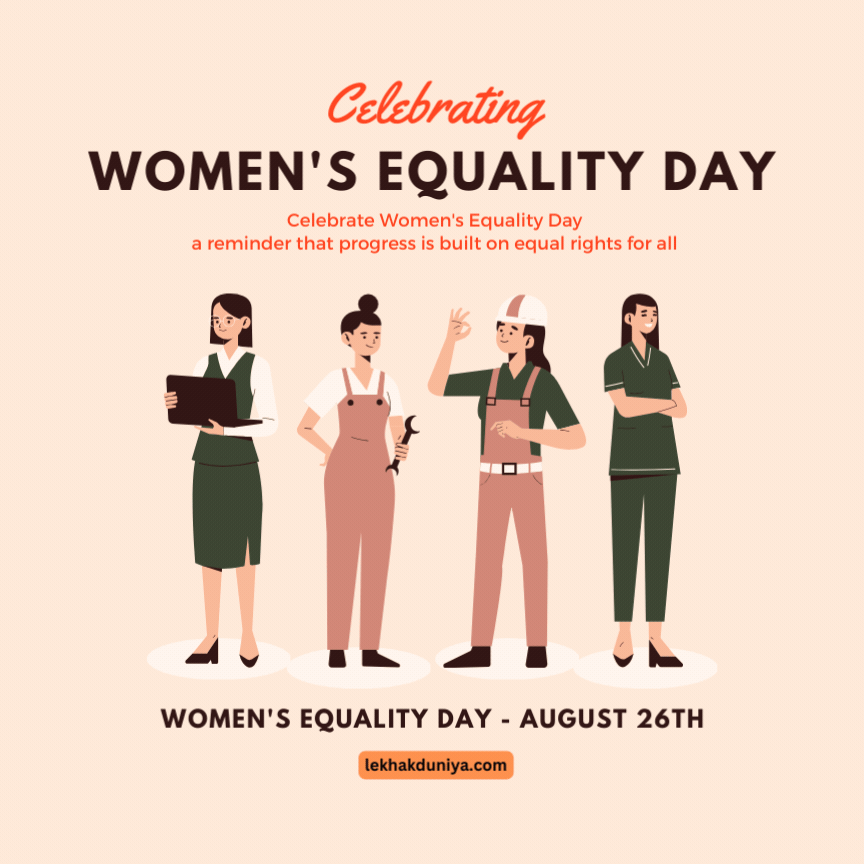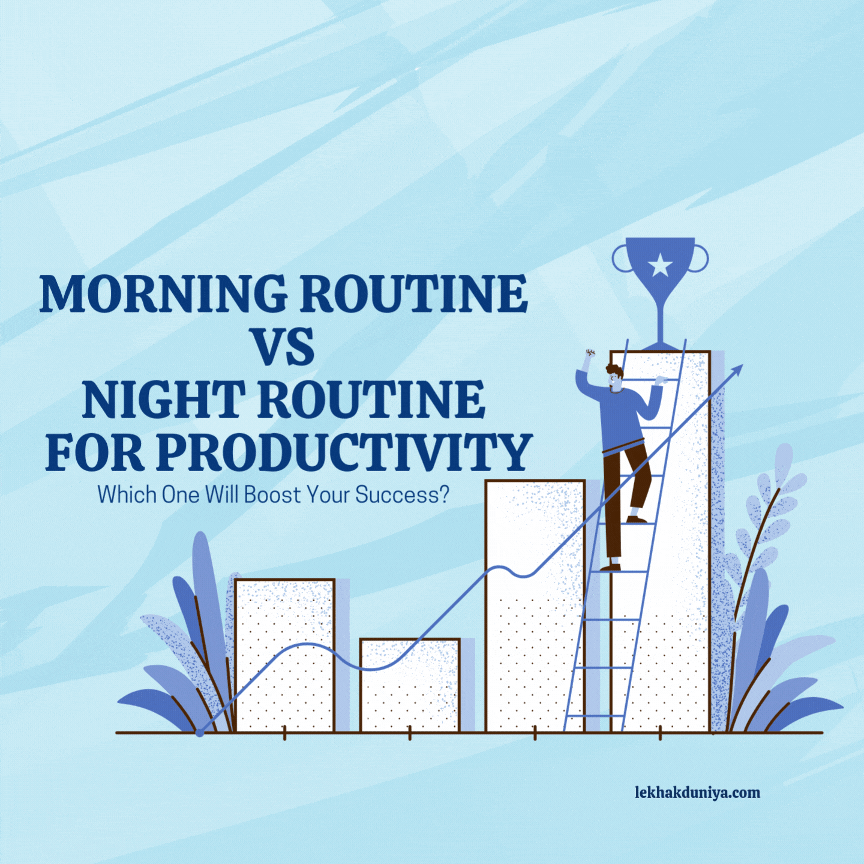Women’s Equality Day is more than just a date on the calendar; it represents a long history of struggle, perseverance, and triumph in the fight for women’s rights. While many people know that this day marks the passage of the 19th Amendment, granting American women the right to vote, there is much more to its story. In this article, we’ll explore lesser-known facts about this day that highlight its significance and the ongoing journey toward gender equality.
Table of Contents
1. Introduction
Women’s Equality Day, observed every August 26th, commemorates the certification of the 19th Amendment to the U.S. Constitution in 1920, which granted women the right to vote. This day is a celebration of the achievements of the women’s rights movement and a reminder of the continuing efforts needed to achieve full equality. This article will uncover lesser-known aspects of this important day, shedding light on its historical, cultural, and global impact.
2. Historical Context

The Origin of Women’s Equality Day
This day was not established until 1971, more than 50 years after the 19th Amendment was passed. It was congresswoman Bella Abzug who introduced the resolution to designate August 26th as Women’s Equality Day, a move that officially recognized the struggle for women’s suffrage and gender equality.
The Role of Suffragists in Establishing the Day
The suffragists, who played a pivotal role in securing the right to vote for women, also laid the groundwork for future generations to continue the fight for equality. Figures like Susan B. Anthony and Elizabeth Cady Stanton are often celebrated, but many other women contributed significantly to the movement.
Key Figures Behind the Movement
While Bella Abzug is credited with creating this day, many other activists worked tirelessly behind the scenes. Activists such as Alice Paul and Ida B. Wells played crucial roles in the broader women’s rights movement, contributing to the eventual recognition of this day.
3. Legislative Milestones
The Passage of the 19th Amendment
The 19th Amendment, ratified in 1920, was a monumental achievement, but it was just one of many legislative milestones in the fight for gender equality. The amendment was the result of decades of activism and represents a significant turning point in American history.
Bella Abzug’s Role in Recognizing Women’s Equality Day
Bella Abzug, a prominent lawyer, and politician, was instrumental in establishing this day. Her resolution in Congress not only commemorated the 19th Amendment but also emphasized the ongoing struggle for gender equality in all areas of life.
How This Day Became Official
After Bella Abzug’s resolution passed in Congress, this day became an official observance in the United States. Since then, it has been celebrated annually, with each president proclaiming to mark the day.
4. Global Impact and Recognition
How Women’s Equality Day Inspires Global Movements
While Women’s Equality Day originated in the U.S., its message has inspired gender equality movements worldwide. Many countries observe similar days dedicated to women’s rights, and the principles behind Women’s Equality Day resonate globally.
Countries with Similar Observances
Countries like the United Kingdom, Canada, and Australia have their versions of Women’s Equality Day, though the dates and historical contexts may differ. These observances all share the common goal of promoting gender equality and recognizing the contributions of women.
5. Ongoing Struggles Highlighted by the Day

The Intersection of Gender, Race, and Voting Rights
The 19th Amendment did not immediately grant voting rights to all women, particularly women of color. It wasn’t until the Voting Rights Act of 1965 that many of these barriers were dismantled, highlighting the intersectionality of gender and race in the fight for equality.
Legal Barriers Women Still Face Today
Despite significant progress, women continue to face legal barriers in many areas, including reproductive rights, equal pay, and protection from gender-based violence. This day serves as a reminder that the fight for legal equality is ongoing.
6. Cultural Significance
The Role in Popular Culture
This day has been featured in various forms of media, from television shows to literature. It has become a symbol of the broader women’s rights movement and a topic of discussion in popular culture.
How Media Portrays
The portrayal of day in the media has evolved over the years, from focusing on historical achievements to highlighting contemporary issues facing women. This shift reflects the changing nature of the gender equality movement.
7. Commemoration Practices

How Different Communities Celebrate the Day
Communities across the U.S. celebrate in diverse ways, from marches and rallies to educational events and discussions. These celebrations reflect the ongoing commitment to advancing women’s rights.
Virtual and In-Person Events Held on Women’s Equality Day
In recent years, the rise of virtual events has expanded the reach of Women’s Equality Day celebrations, allowing more people to participate and engage in discussions about gender equality.
8. The Role of Education
How Schools and Universities Observe
Educational institutions play a crucial role in promoting gender equality by incorporating Women’s Equality Day into their curricula and organizing events that educate students about the history and significance of the day.
Importance of Educating Future Generations on Gender Equality
Educating young people about gender equality is essential for building a more equitable future. Women’s Equality Day provides an opportunity to teach the next generation about the importance of equal rights for all.
9. Corporate and Government Involvement
How Corporations Mark Women’s Equality Day
Many corporations recognize Women’s Equality Day by launching initiatives that promote gender equality in the workplace, such as diversity training and leadership programs for women.
Government Initiatives to Promote Gender Equality
Governments at various levels use Women’s Equality Day as an opportunity to introduce or highlight policies aimed at advancing gender equality, such as equal pay legislation and anti-discrimination laws.
10. Challenges and Criticisms
Criticisms of the Commercialization of Women’s Equality Day
Like many observance days, Women’s Equality Day has faced criticism for becoming commercialized. Some argue that the focus on sales and marketing detracts from the day’s original purpose of promoting gender equality.
The Debate Over the Effectiveness of Observance Days
There is ongoing debate about the effectiveness of observance days like Women’s Equality Day. Critics question whether these days lead to meaningful change or if they merely serve as symbolic gestures.
11. Future of Women’s Equality Day
Emerging Trends in Gender Equality
The future of Women’s Equality Day will likely reflect emerging trends in gender equality, such as advancements in technology and shifts in societal attitudes towards gender roles.
The Future Role of Women’s Equality Day
As gender equality continues to evolve, Women’s Equality Day will play an important role in advocating for progress and ensuring that the conversation about women’s rights remains active and relevant.
This day is a powerful reminder of the progress made in the fight for gender equality and the work that still lies ahead. By understanding these lesser-known facts, we gain a deeper appreciation for the day’s significance and the ongoing efforts required to achieve true equality.
FAQs
Q1. What is the significance of Women’s Equality Day?
Ans: Women’s Equality Day marks the historic ratification of the 19th Amendment, granting women the right to vote in the U.S. This day not only celebrates this landmark achievement but also highlights the ongoing journey toward gender equality. It serves as a powerful reminder of the progress made and the work still needed to ensure equal rights and opportunities for all women.
Q2. When did Women’s Equality Day become an official observance?
Ans: Women’s Equality Day was officially recognized in 1971, following a resolution introduced by Congresswoman Bella Abzug.
Q3. How is Women’s Equality Day different from International Women’s Day?
Ans: Women’s Equality Day specifically commemorates the 19th Amendment and the broader fight for voting rights, while International Women’s Day, observed on March 8th, focuses on global gender equality issues.
Q4. What can individuals do to support gender equality?
Ans: Individuals can support gender equality by advocating for equal rights, participating in awareness campaigns, and promoting gender-inclusive practices in their communities and workplaces.
Q5. How can companies contribute to gender equality on this day?
Ans: Companies can contribute by implementing diversity and inclusion programs, supporting women in leadership roles, and participating in Women’s Equality Day events.








